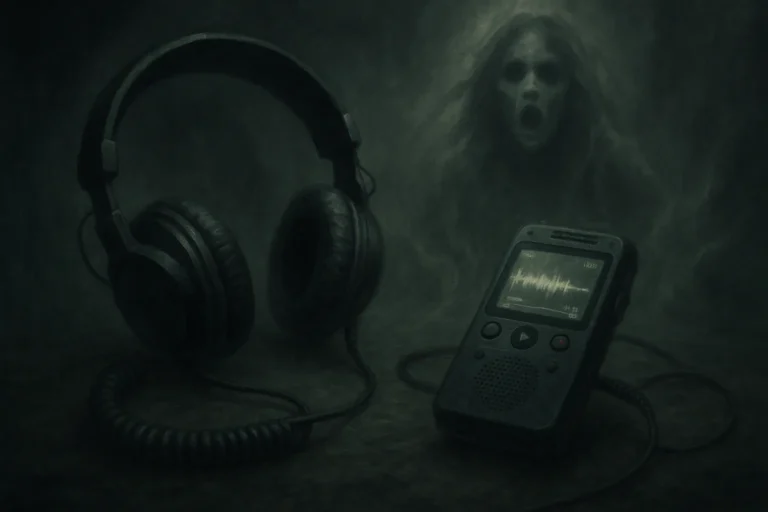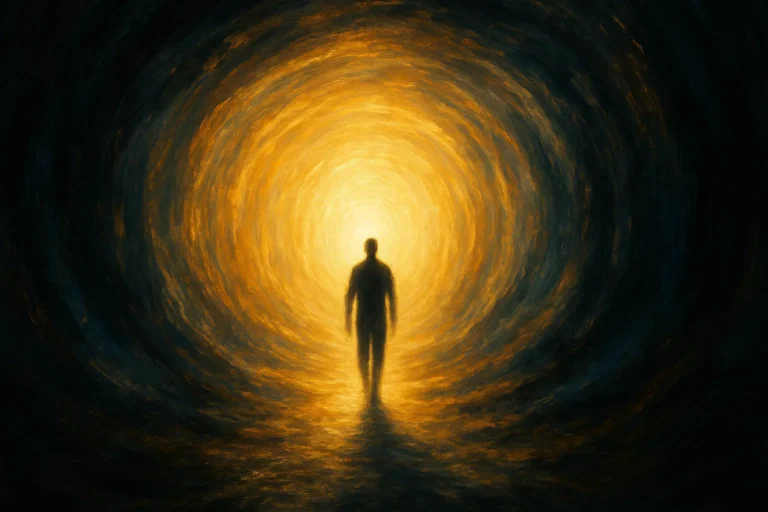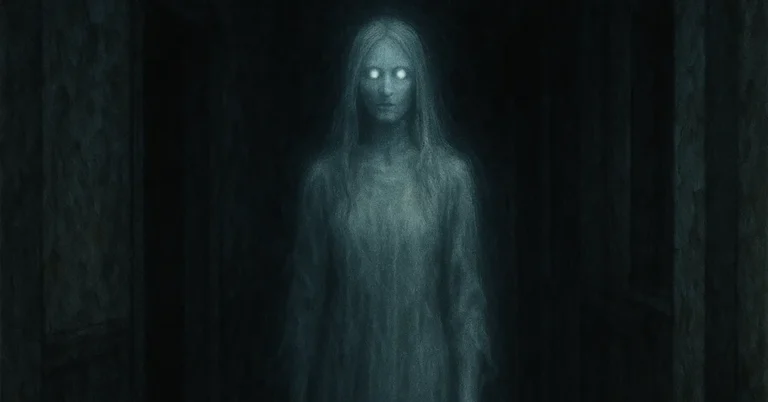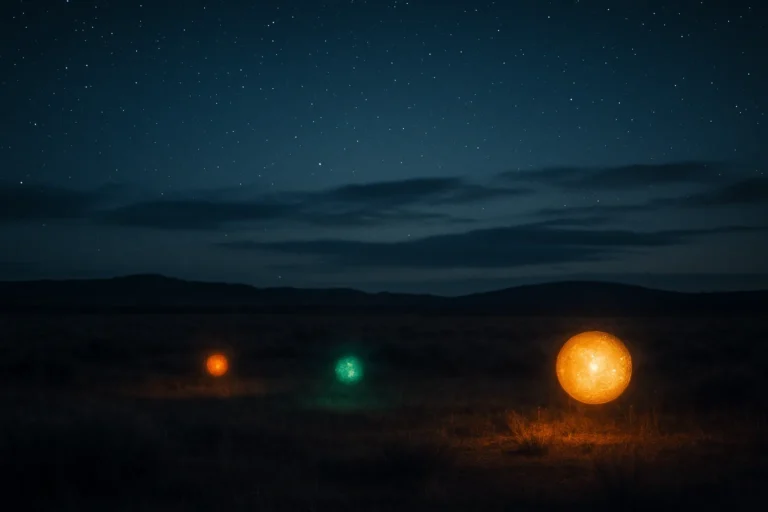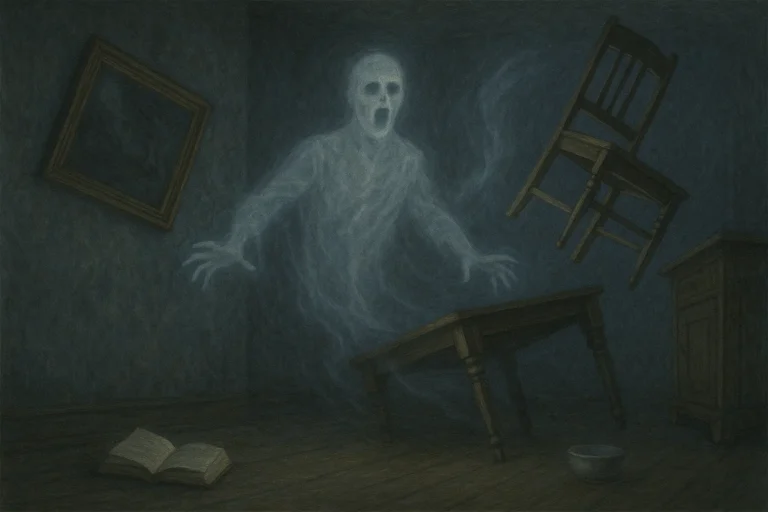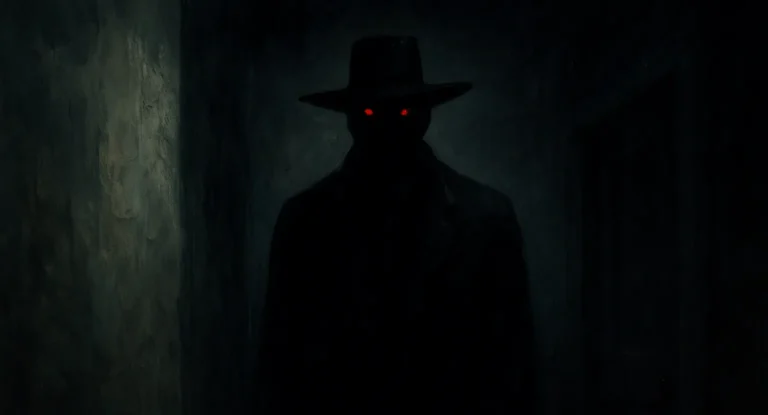Crisis Apparitions: When the Departed Say Goodbye
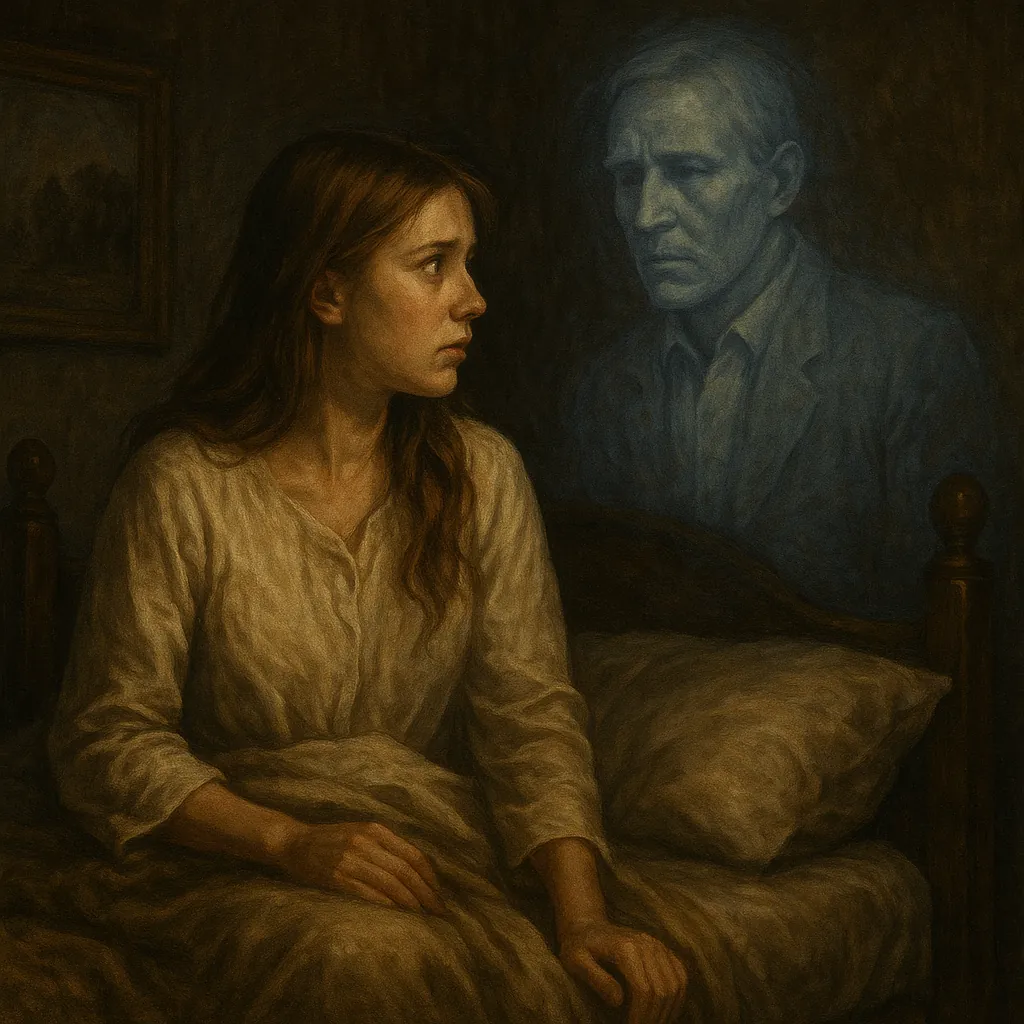
It’s late at night. You’re alone, maybe reading or drifting off to sleep, when suddenly you feel a presence in the room. You look up — and there they are. A loved one. A friend. Someone you know well, standing there in perfect clarity. But something feels off. They don’t say anything. They don’t stay long. Just a glance, a moment… and they’re gone.
Then the phone rings.
It’s news from far away — a car accident, a heart attack, a battlefield. The person you just saw has died… and the time of death? The exact moment you saw them.
These strange, emotionally charged experiences are called crisis apparitions — ghostly visitations that occur not days or weeks after death, but at the moment of it. Unlike traditional ghost stories, these aren’t legends passed down through generations. They’re deeply personal, often private, and always unsettling.
Could these apparitions be real attempts at final contact? Or is the mind simply finding ways to cope with loss before it’s fully known?
🕰️ A Timely Goodbye
Crisis apparitions have been reported for centuries. In 1886, the Society for Psychical Research published Phantasms of the Living, a detailed study of over 700 such cases. Many involved people who had no idea their loved one was in danger — only to later learn that their vision or visitation coincided precisely with the moment of death.
What makes these stories so compelling is their timing. The apparitions don’t appear after news has been delivered. They don’t come once grief has settled in. They happen before the person even knows anything is wrong. The message, if there is one, is often silent — a glance, a smile, a simple sense of presence. But it’s unmistakable.
In one famous account, a soldier on the front lines during World War I saw his mother walk into his tent in the early morning hours. She sat beside him briefly, said nothing, then vanished. A letter arrived days later. She had died that same night.
How do we explain that?
🧠 Science vs. Spirit
Skeptics often point to psychological explanations. The human brain is wired to find meaning in randomness, especially during times of stress. If someone is already worried about a distant loved one — particularly during war or illness — the mind might produce a vivid dream or hallucination as a kind of emotional rehearsal.
There’s also the possibility of confirmation bias. A strange experience might be remembered more clearly because of the timing of someone’s death, while unrelated coincidences are forgotten. We want to believe there’s meaning in the moment. And sometimes, we might even create that meaning without realizing it.
But not every case fits this mold. Some witnesses were not thinking about the person at all. Others were fully awake. A few even recorded the time of their experience, only to later discover it matched the official time of death almost exactly.
Is that really just coincidence?
🌙 Waking Dreams or Something More?
Many crisis apparitions occur during twilight moments — right as someone is falling asleep, or just waking up. These transitional states of consciousness, known as hypnagogia and hypnopompia, are rich with strange sensory experiences. People in these states may see vivid images, hear voices, or feel the presence of others nearby.
This has led some researchers to suggest that crisis apparitions are a type of waking dream — emotionally charged hallucinations that feel more real than the dreams we forget upon waking.
But again, timing matters. If these experiences always happened randomly, they’d be easier to dismiss. But when the “dream” includes information unknown to the witness — like the moment of death or a previously unknown injury — the line between dream and reality starts to blur.
💬 Cross-Cultural Consistency
One of the more fascinating aspects of crisis apparitions is how universal they are. These stories are not limited to a particular country, culture, or religion. From ancient Japanese spirit visitations to modern-day reports in hospitals around the world, the phenomenon crosses every boundary.
Even those who don’t believe in ghosts sometimes report such experiences. Nurses and hospice workers often speak of patients who, in their final hours, “see” deceased family members waiting for them. But crisis apparitions go the other way — with the living seeing someone at the very moment they die.
The sheer number of these reports — and their cross-cultural consistency — suggests something more than isolated hallucination. Could there be a moment, just before or just after death, when the soul — if such a thing exists — reaches out for one last connection?
🔮 A Message Without Words
Unlike most ghost stories, crisis apparitions aren’t typically frightening. If anything, they’re comforting. The loved one often looks peaceful, even radiant. There’s no knocking on walls or floating through doors. Just presence. Familiarity. A sense of closure before the grief even begins.
For many who’ve experienced them, these apparitions are life-changing. They remove the fear of death. They provide a sense that something — some part of us — continues. That relationships don’t end, even when life does.
Could it be that in moments of crisis, love simply refuses to be silenced?
Or is the mind — that incredible, mysterious thing — just reaching out blindly, building bridges in the dark?
🕯️ The Unseen Connection
Whatever your beliefs, crisis apparitions remain one of the most intriguing and emotionally charged mysteries in paranormal lore. They are not grand or theatrical. They don’t make headlines. But in their quiet way, they ask us to consider the possibility that death is not an end — just a shift.
The moment we die, do we get one last chance to say goodbye?
If the stories are to be believed, some do. And that goodbye echoes far beyond the veil.

